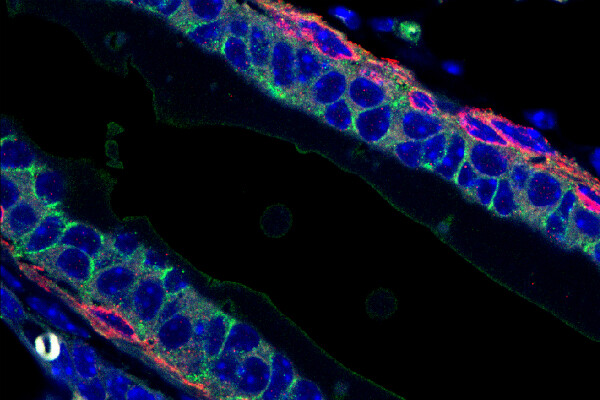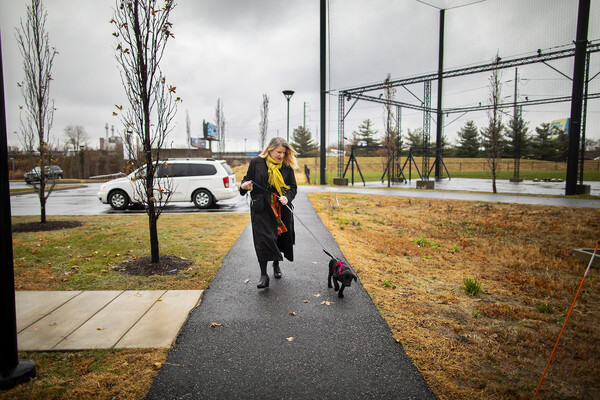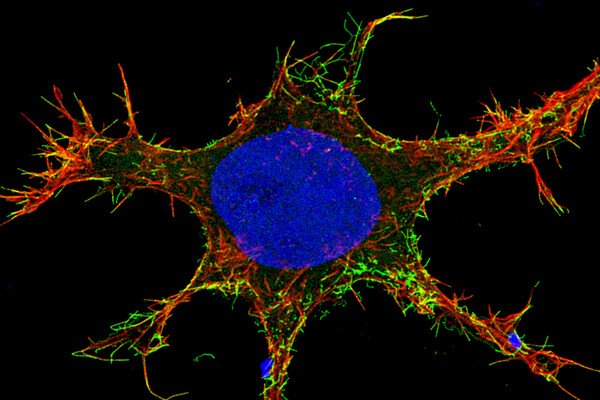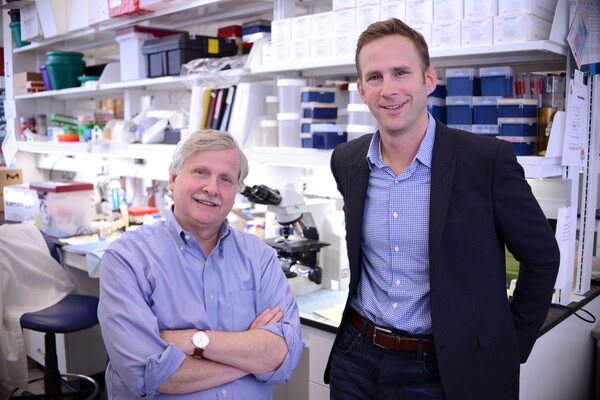
Altagracia Felix (right) is a financial coordinator for the Annenberg School for Communication, but she also has a side gig as a money coach. Her aim is to help “disrupt the cycle of poverty and struggle,” she says. (Image: Courtesy of Altagracia Felix)








